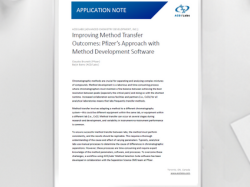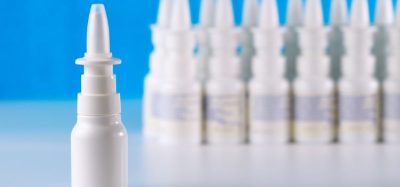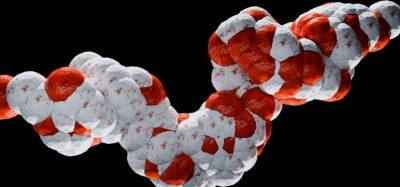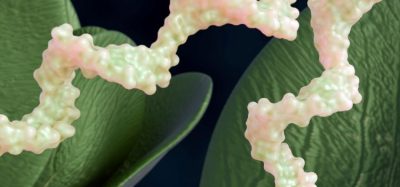Thermally-stable TB vaccine developed using new technique
Posted: 8 August 2019 | Rachael Harper (European Pharmaceutical Review) | No comments yet
A new process developed by the University of Bath protects a TB antigen and a novel vaccine adjuvant from heat damage.


A new tuberculosis (TB) vaccine is a major step closer to reality after a recent study showed that a promising TB antigen and a novel vaccine adjuvant can be protected from heat damage with a new technique, ensilication, developed at the University of Bath.
Their technique prevents these crucial vaccine components from spoiling outside of a fridge – meaning a thermally stable vaccine that can be reliably delivered to remote areas around the world is more likely.
“To make the vaccine as effective as possible it needs to be thermally-stable, or in other words not spoil outside of a fridge, which is why we’re really encouraged by these results,” said first author Ayla Wahid. “Cold-chain storage leads to a lot of wastage and expense which could be avoided by ensilication.”
Ensilication ‘shrink-wraps’ vaccine proteins in position using layers of silica that build up into a cage around the molecules – so they don’t unravel when exposed to temperatures that would usually break them down. The proteins are held in place until ready to be removed from the silica cage and delivered.
The research team first demonstrated that the TB antigen ag85b and a vaccine fused with the adjuvant protein Sbi are sensitive to breaking down outside of refrigerated temperatures. They then showed that these vaccine components were protected from heat damage when ensilicated and kept on a shelf at room temperature for long periods of time without loss of structure and function.
The results are a big step forward not only in developing a thermally-stable TB vaccine, but in showing that ensilication could be used for many different kinds of vaccines.
“Our results reveal the potential of ensilication in storing and transporting life-saving vaccines at ambient temperatures globally – in particular to remote areas of developing countries where disease rates are often highest,” added Dr Asel Sartbaeva, who invented ensilication.
The study is published in Scientific Reports.
Related topics
Cold Chain Supply, Distribution & Logistics, Formulation, Proteins, Research & Development (R&D), Vaccines









